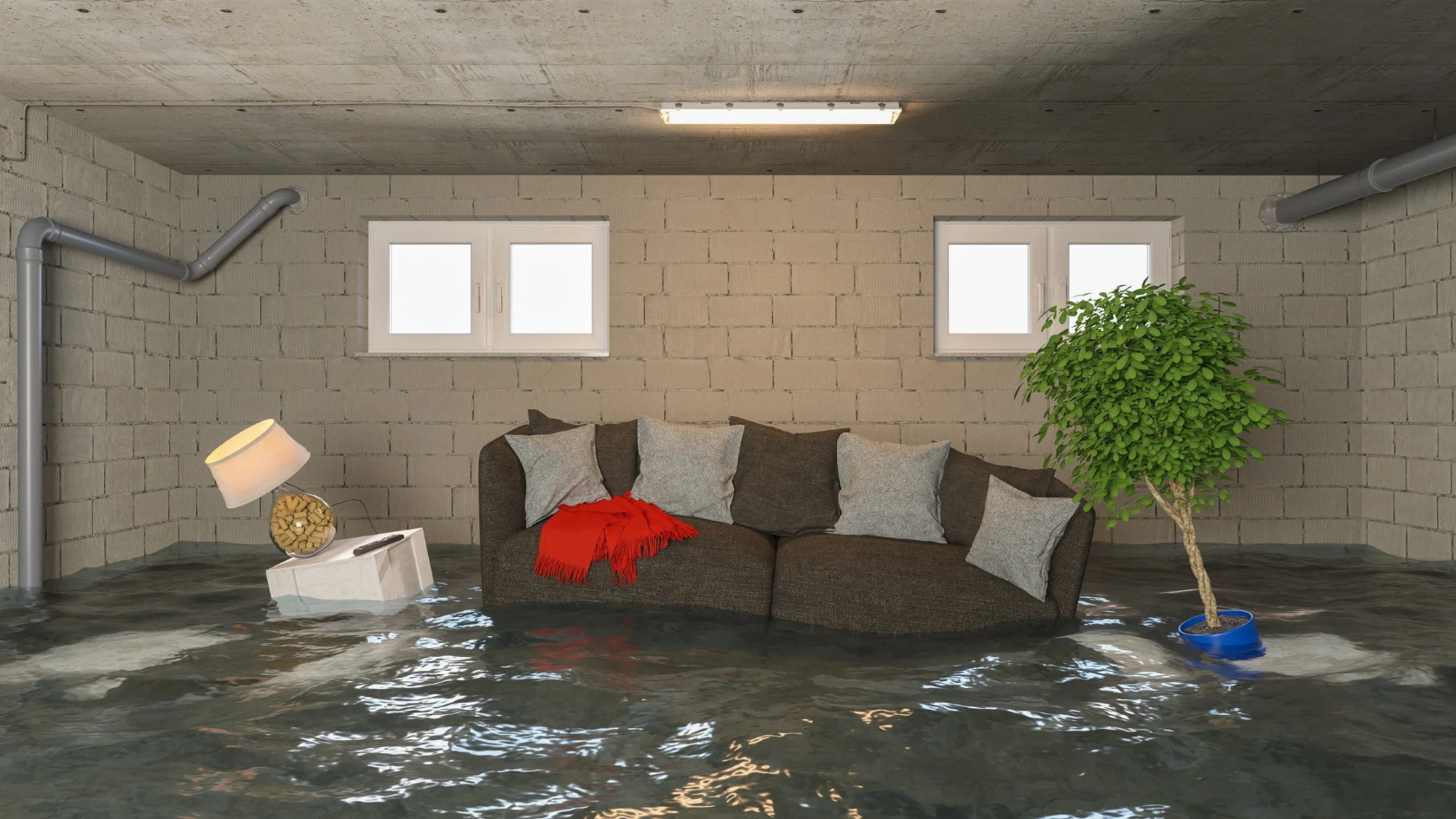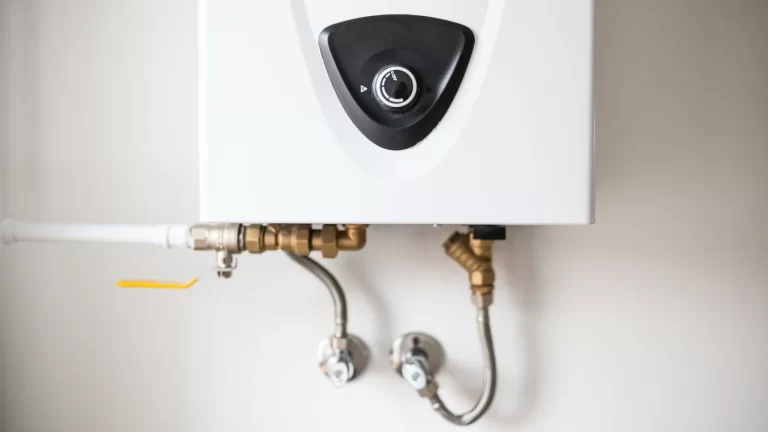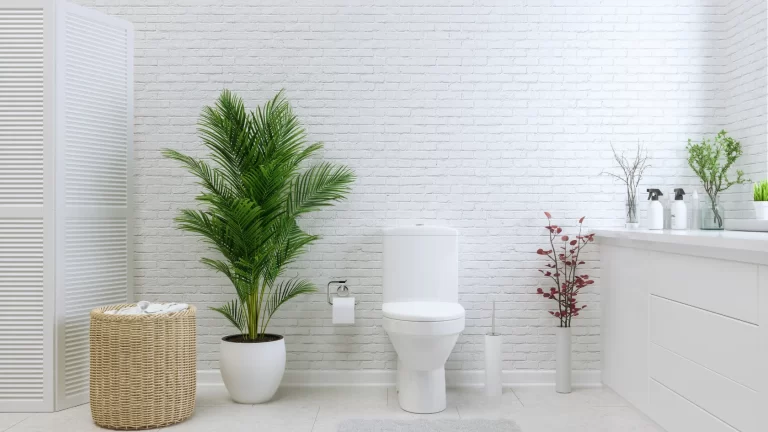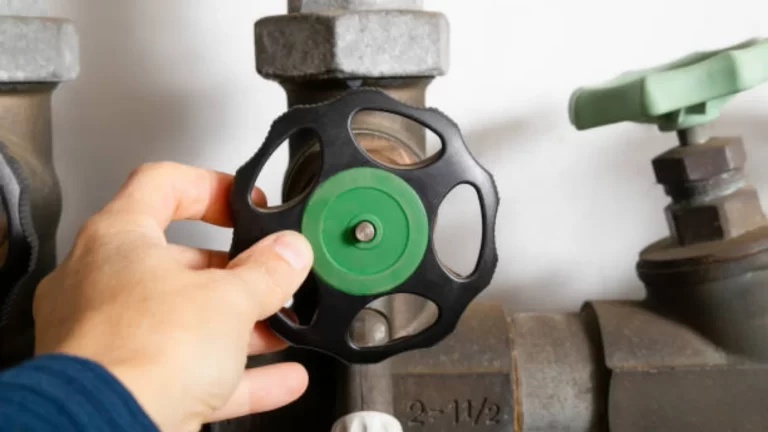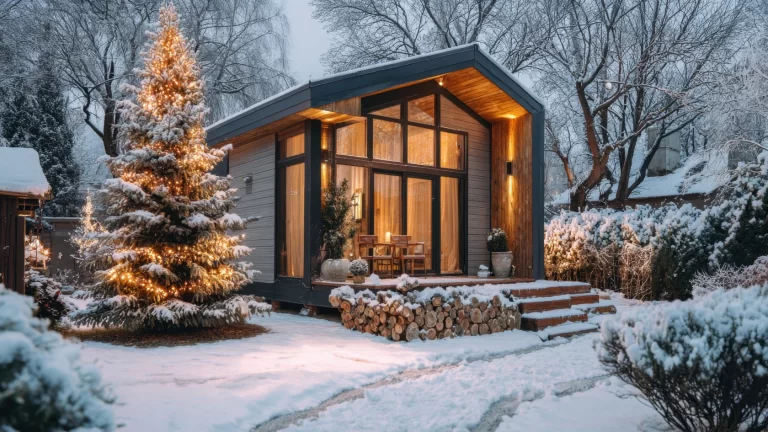Basement floods frequently occur in Toronto homes. This situation may result in serious water damage, mould issues, and costly repairs. Fortunately, tools like a sump pump and backwater valve serve as reliable safeguards and defence wherein each of them offers a unique function in protecting your home from flooding. That’s why learning and understanding how each device works, where they shine, and how each role complement to each other is an essential step to make an informed decision for your home’s basement.
In this blog, we’ll break down the differences and benefits of a backwater valve vs sump pump. Following this, you’ll be able to comprehend how each system safeguards your house, when you could require one or both, how they stop floods, and how to keep them in good working order. This article will provide you with the information you need, whether you’re a homeowner dealing with a sewer backup or simply trying to waterproof your basement.
Contact us today through our form or call +1 (416) 252-5557 for expert plumbing, drain, and related services in Toronto, Etobicoke, Mississauga, and across the GTA.
Understanding a Backwater Valve
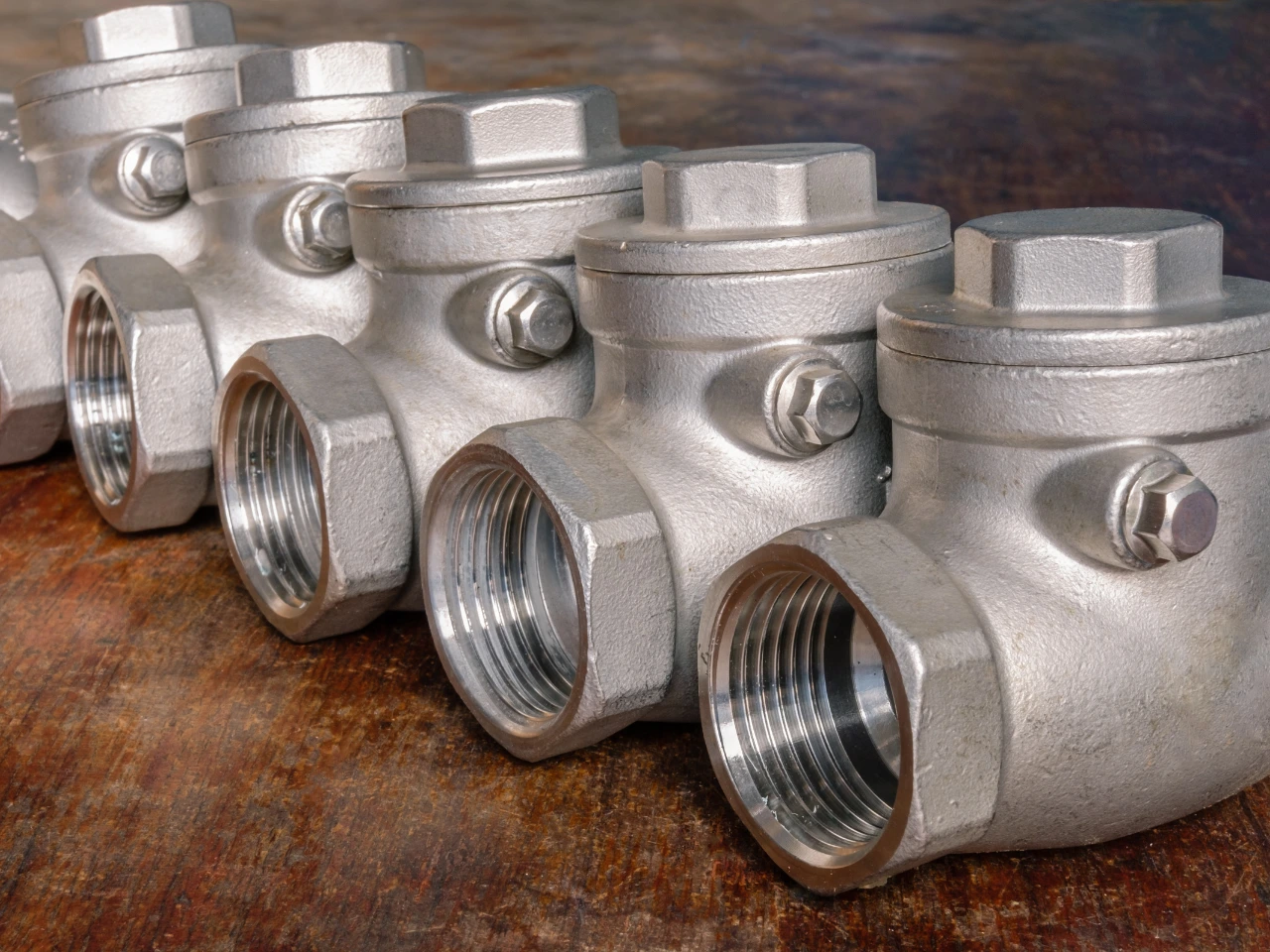
A backwater valve is a device created to control contaminated water and sewage from flowing back into your home through the sewer lines. The backwater valves act as a passive protection tool that only activates during a backflow event.
How Backwater Valves Work
- Installed on the main sewer line in your basement
- When sewer water starts to flow backward, the valve automatically closes
- Once pressure normalizes, it reopens to allow normal wastewater flow
The backwater valve protects and acts as a gatekeeper for your home’s plumbing system. During heavy rain, the municipal sewer system can become overloaded, which increases the risk of basement flooding. This can cause water to flow back into your basement through the sewer line. These valves stop that reverse flow, protecting your home from sewage backups and keeping contaminated water out of your living space.
When Do You Need a Backwater Valve?
If you’re thinking of installing backwater valves, you should consider the following:
- Your area experiences frequent sewer backups
- You live in a low-lying zone or near bodies of water
- Your municipality recommends or requires it for flood prevention
Understanding Sump Pumps
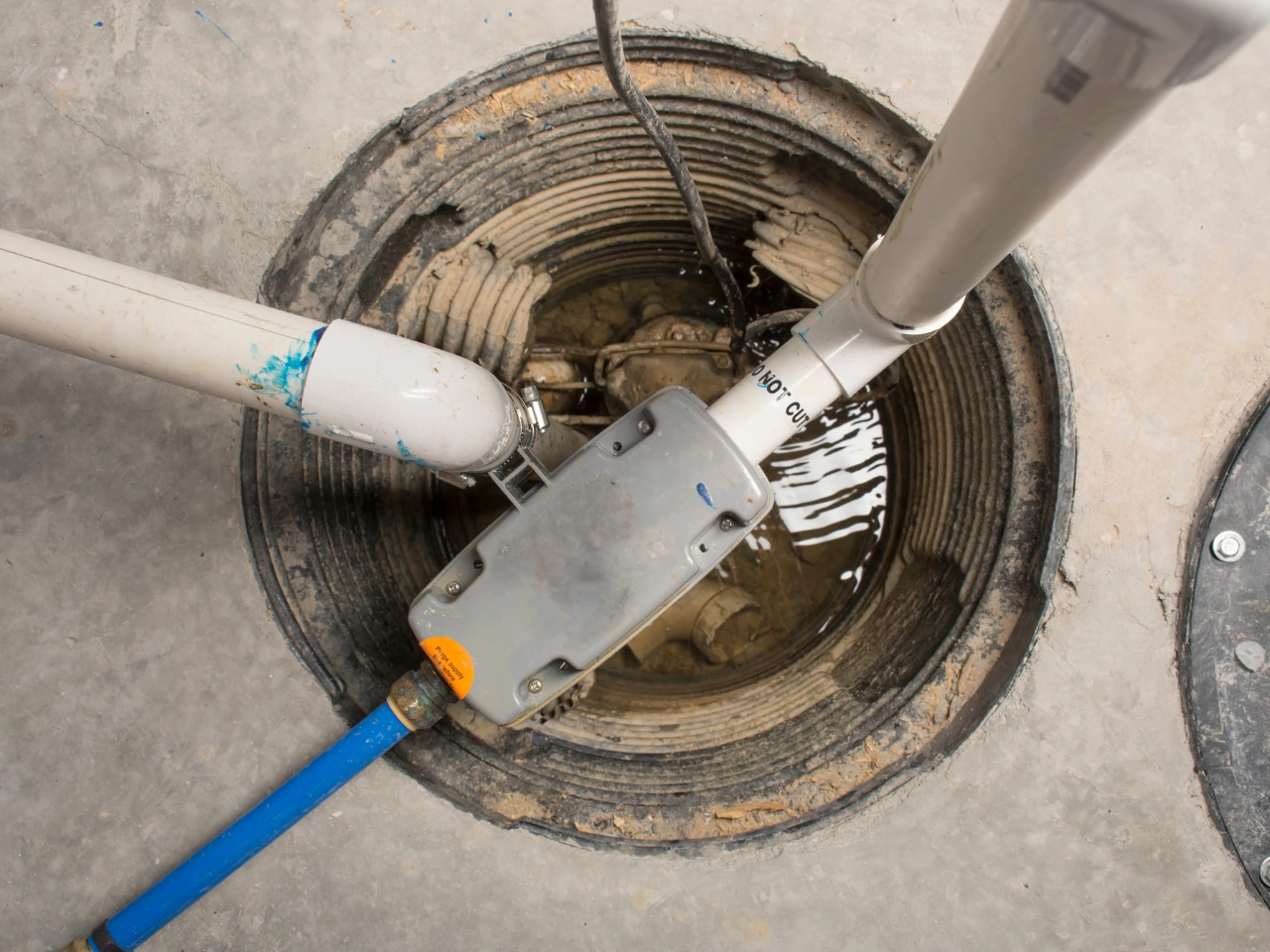
A sump pump is a device tool that actively drains water that builds up beneath your basement floor or around your foundation. It is located in a sump pit and comes on when the water level rises.
How Sump Pumps Work
- A sump basin is placed in the basement floor
- Water from the weeping tile system or rising water table drains into the basin
- Once the water level triggers the float switch, the pump turns on
- The sump pump ejects water away from your home to a safe drainage location
Why Homeowners Need a Sump Pump
- To stop the basement from leaking with groundwater
- To reduce the hydrostatic pressure on foundation walls
- To actively remove excess water during storms or snowmelts
A sump pump is usually essential for homes with a high water table or a poor drainage system. It protects your home from water intrusion and helps prevent long-term issues that could affect structural integrity. To avoid water damage, mould growth, and major repairs, a sump pump removes water before it reaches damaging levels.
Backwater Valve vs Sump Pump: What’s the Difference?
While both device tools are designed for flood prevention and control, here’s what sets them apart:
Function
- Backwater Valve: Stops sewage backflow
- Sump Pump: Removes excess groundwater
Location
- Backwater Valve: On the sewer line
- Sump Pump: In a sump pit below the basement floor
Activation
- Backwater Valve: Passive (closes during backflow)
- Sump Pump: Active (turns on via float switch)
Ideal For
- Backwater Valve: Sewer backup prevention
- Sump Pump: Basement waterproofing
Sump Pump vs Backwater Valve: Do You Need Both?
In many Toronto homes, the answer is yes. These two systems handle different types of flood risks:
- Backwater valves stop water from coming back into your home via the sewer
- Sump pumps push water out before it builds up
When used together, they provide comprehensive flood protection for your basement.
How Backwater Valves and Sump Pumps Prevent Basement Flooding
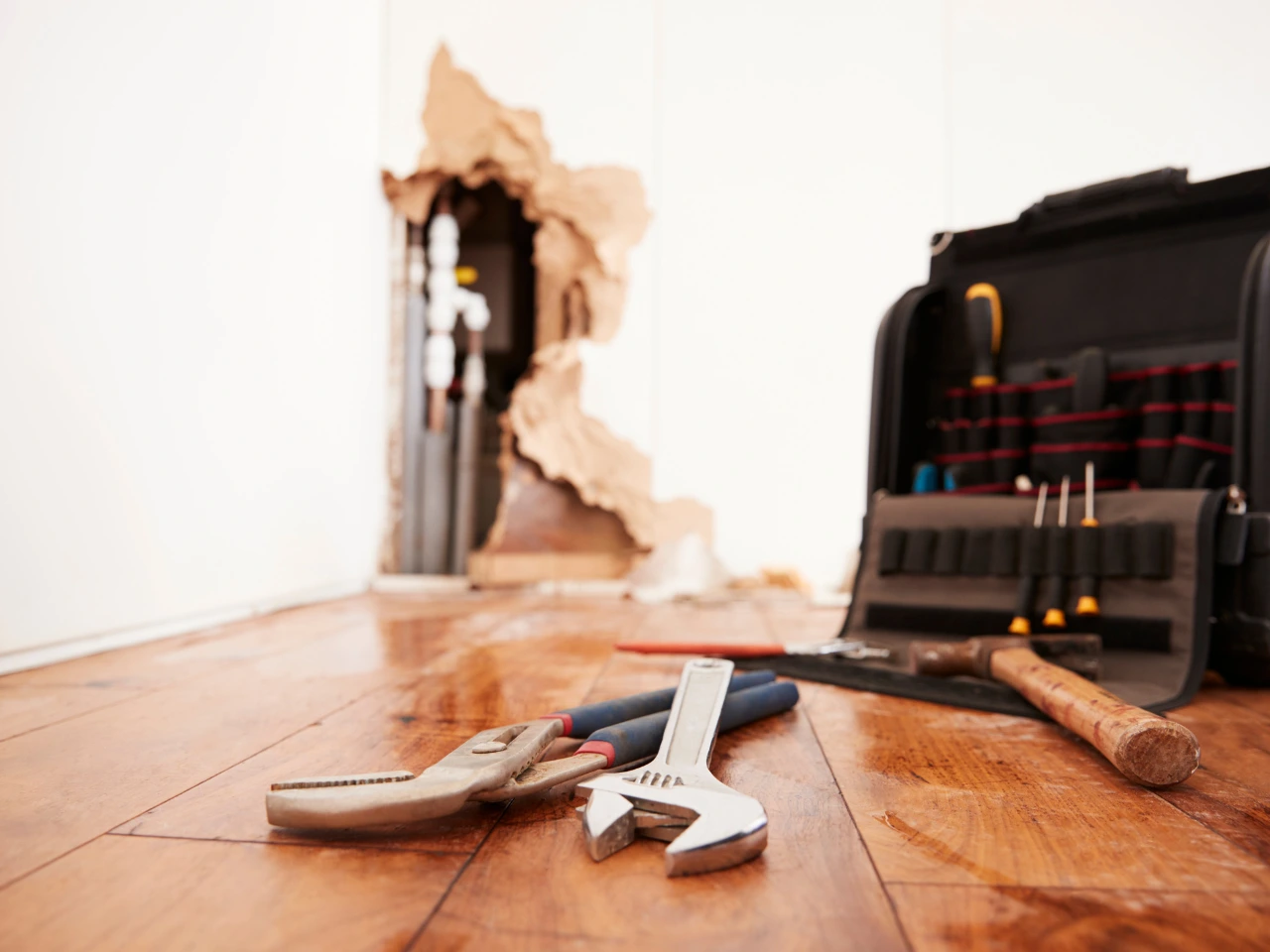
Flooding in your home doesn’t come from just one source. It can result from heavy rain, sewer backups, or groundwater rising through the foundation. That’s why both a sump pump and a backwater valve are needed—they deal with water in different ways but work together to protect your basement effectively.
Backwater Valves Prevent:
- Contaminated sewer water from backing up
- Damage to finished basements
- Health hazards due to sewage
Sump Pumps Prevent:
- Water intrusion in basement surfaces (walls or floors)
- Mould and mildew from standing water
- Damage caused by long-term dampness
How to Install a Sump Pump or Backwater Valve in Toronto Homes

Toronto residents may be eligible for a city-provided flood protection rebate when they install approved plumbing fixtures like a sump pump or backwater valve. These systems are intended to avoid flooding by actively pumping water out of your property before it rises or by stopping it from returning.
These systems are intended to avoid flooding by actively pumping water out of your home or property before it rises or by stopping it from returning. Our team not only installs each device designed to prevent costly damage, but also assists with completing and filing the rebate paperwork—making the process easier and more affordable for homeowners across Toronto.
Sump Pump Installation
- Requires digging a sump pit
- Installing the pump, float switch, and discharge pipe
- Optional battery backup for power outages
Backwater Valve Installation
- Requires cutting into the main sewer line
- Valve must be accessible for future maintenance
- Must comply with building code regulations
Licensed plumbers should handle both installations. Improper installation can fail when you need these systems most.
Contact us today through our form or call +1 (416) 252-5557 for expert plumbing, drain, and related services in Toronto, Etobicoke, Mississauga, and across the GTA.
Maintenance of Sump Pumps and Backwater Valves
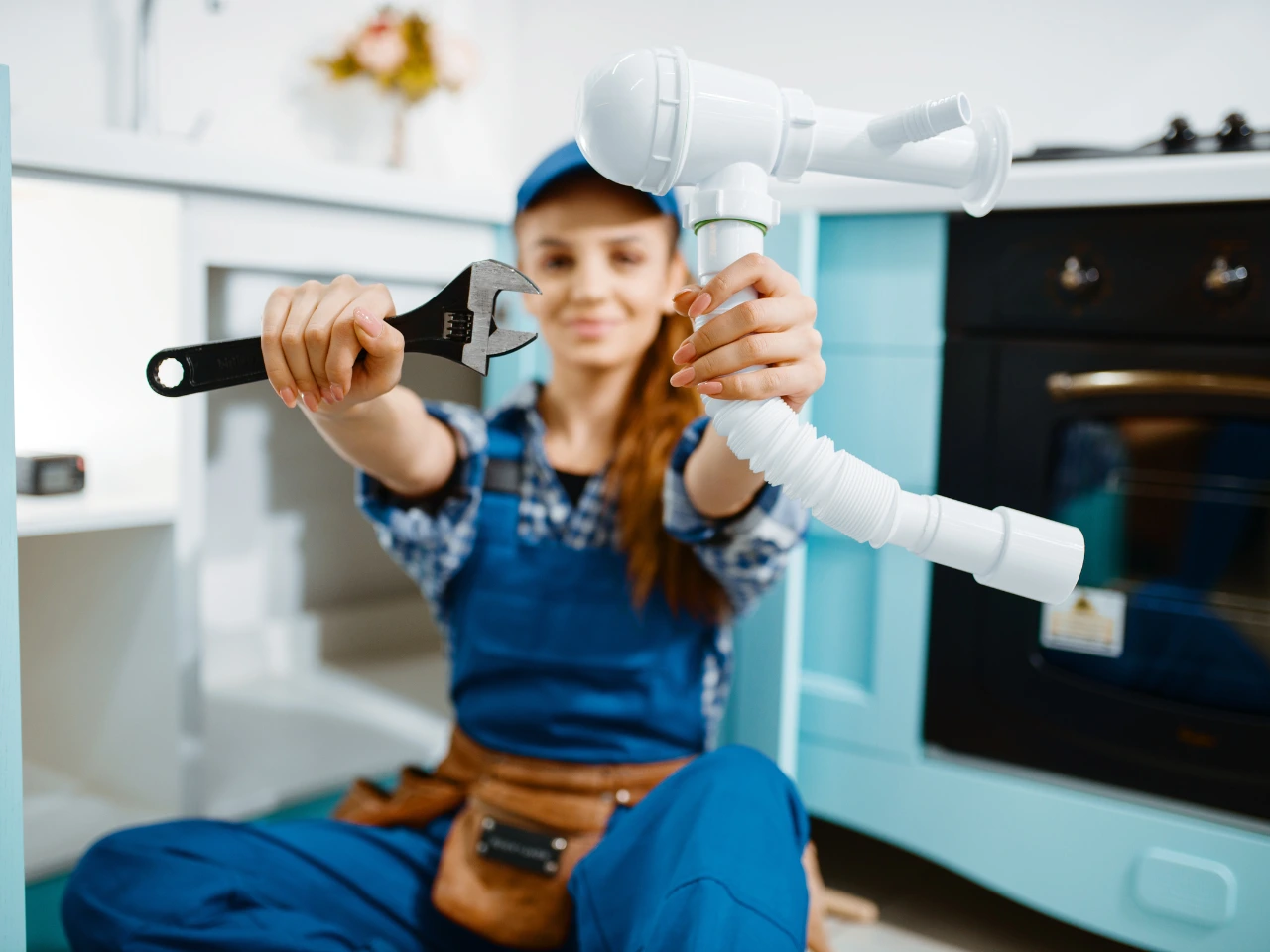
These flood prevention devices, such as a sump pump and a backwater valve, only work if properly maintained—especially during heavy rainfall or extreme weather events. Regular care helps prevent water intrusion and stops contaminated water from backing up into your home. Here are the things what you should know:
Sump Pump Maintenance
- Test the pump every 3-4 months
- Clean the sump basin annually
- Check the float switch and backup battery
Backwater Valve Maintenance
- Examine once a year or following significant rain events.
- Clear away any debris that can obstruct the valve.
- Every one to two years, hire a qualified and experienced plumber for a thorough check.
A lack of regular maintenance can compromise your flood protection, potentially causing a flooded basement and costly repairs. Prevent that with simple, scheduled maintenance with a reliable plumber.
Signs You Need a Sump Pump or Backwater Valve
If you’re uncertain about which system to go for, pay attention to these common issues:
You May Need a Sump Pump If:
- It floods in your basement during heavy rain
- Water is seen to be collecting around the foundation.
- You reside close to a high water table.
You May Need a Backwater Valve If:
- You’ve had sewage backups before
- Your neighbourhood is prone to sewer issues
- You’ve received a notice from the city
Flood Protection Is About Peace of Mind
Flooding doesn’t just damage property, it also disrupts lives. Installing these flood protection devices, sump pump and backwater valve, isn’t just a home upgrade—it’s a safeguard for your peace of mind.
When a sump pump is installed, it turns the pump on automatically during rising water levels to help prevent sewer backflow. Homeowners benefit from a sump pump, especially during heavy storms, as it helps prevent sewage from backing up into basements.
By acting as a check valve, a backwater valve prevents tainted water from flowing backward via your sewer line. This valve guards against overflows brought on by city sewer overload in your plumbing and basement.
A sump pump and a valve work together to provide your house with a robust flood prevention system. You can be sure that your basement is safe if everything is set up properly.
Contact Absolute Draining & Plumbing for Flood Protection
For more than 20 years, Absolute Draining & Plumbing has been pleased to assist Toronto customers in safeguarding their homes against water damage and floods. Installing and maintaining backwater valves and sump pumps—devices intended to stop floods and stop water from coming back into your house—is our team’s area of expertise.
We customize each solution to fit the plumbing infrastructure, risk considerations, and design of your house. We are available to assist you at every stage, from outlining your best options and selecting the appropriate equipment to assisting you with the City of Toronto’s rebate application procedure. With our support, you can feel confident that your home is fully prepared for heavy rain, snowmelt, and any other extreme weather events.
Contact us today through our form or call +1 (416) 252-5557 for expert plumbing, drain, and related services in Toronto, Etobicoke, Mississauga, and across the GTA.

